Electricity – The Best Guide For Class 10 Science Chapter 11
Welcome to iPrep, your Learning Super App. Our learning resources for the chapter, Electricity in Science for Class 10th are designed to ensure that you grasp this concept with clarity and perfection. Whether studying for an upcoming exam or strengthening your concepts, our engaging animated videos, practice questions and notes offer you the best-integrated learning with interesting explanations and examples.
Understanding Electricity is not just about memorizing formulas and definitions; it’s about recognizing its pervasive influence in our daily lives. This chapter aims to demystify complex concepts such as electric current, potential difference, and resistance, making them accessible and relatable. By engaging with the materials provided, including interactive videos and practical examples, students will be able to visualize how electricity powers their homes, schools, and the technology they rely on. As we delve deeper into this chapter, we will explore the fundamental principles and practical applications that make Electricity a cornerstone of both science and everyday living. Let’s start with the question of the hour.
What is Electricity?
Electricity is a form of energy resulting from the flow of electric charge, which powers countless devices and systems in our daily lives. Electricity is an integral part of modern life, influencing everything from the simplest tasks to complex industrial processes. For students, the importance of electricity cannot be overstated—it powers the tools and technologies that make learning and living more efficient and comfortable.
The Role of Electricity in Daily Life
- Lighting: Without electricity, our homes, schools, and streets would be dark and unsafe after sunset.
- Appliances: From heating and cooling systems to entertainment devices and vehicles, electricity powers the devices that enhance our comfort and productivity.
In this chapter, we will delve into key concepts related to electricity, including electric charge, current, potential, and circuits.
Electric Current
Electric current refers to the flow of electric charge through a conductor, typically a metallic wire. This flow of electrons constitutes what we recognize as an electric current.
- Electric Current (I): The rate at which electric charge (Q) flows through a conductor.
- SI Units:
- Electric Charge: Coulomb (C)
- Electric Current: Ampere (A)
The mathematical representation of electric current is:
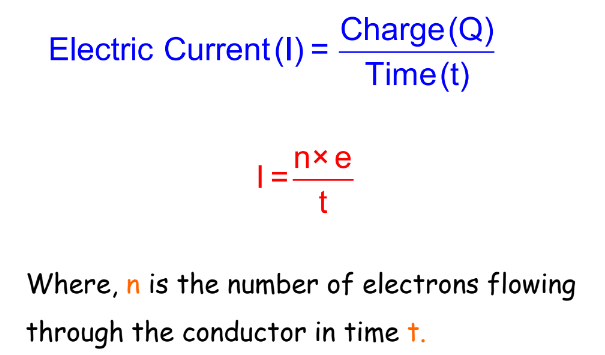
Understanding One Ampere
One ampere of current is defined as the flow of one coulomb of charge through a conductor in one second:

Measuring Current: The Ammeter
To measure electric current, an instrument called an ammeter is used, which is connected in series with the circuit.
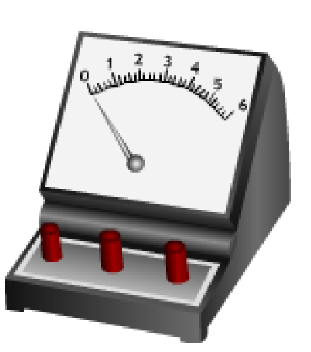
Electric Circuits
An electric circuit is a closed and continuous path that allows electric current to flow. When the circuit is complete, or “closed,” current flows through it. If there is a break in the circuit, it becomes “open,” and no current flows.
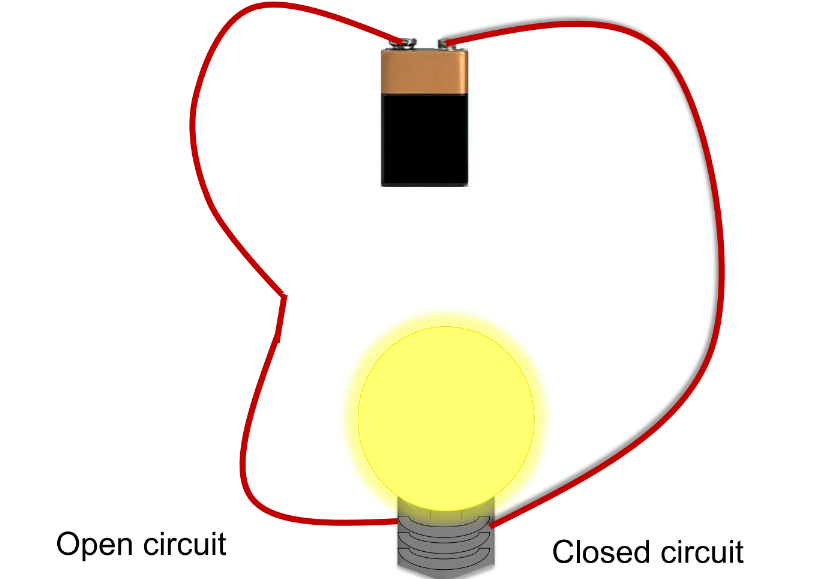
Electric Potential
Electric potential is the electrical state of a conductor that determines the direction of charge flow when two conductors are connected.
Electric Potential in Practice
Consider two conductors:
- Conductor A: Negatively charged (lower potential) due to an excess of electrons.
- Conductor B: Positively charged (higher potential) due to a lack of electrons.
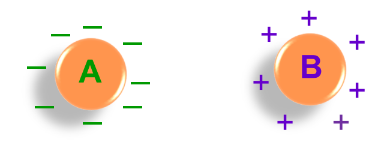
When these conductors are joined by a metallic wire, electrons flow from the lower potential to the higher potential, creating an electric current.
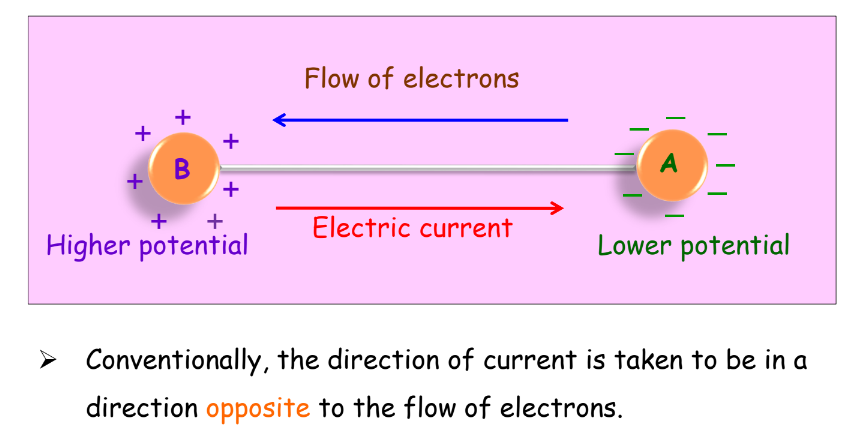
Quantifying Electric Potential
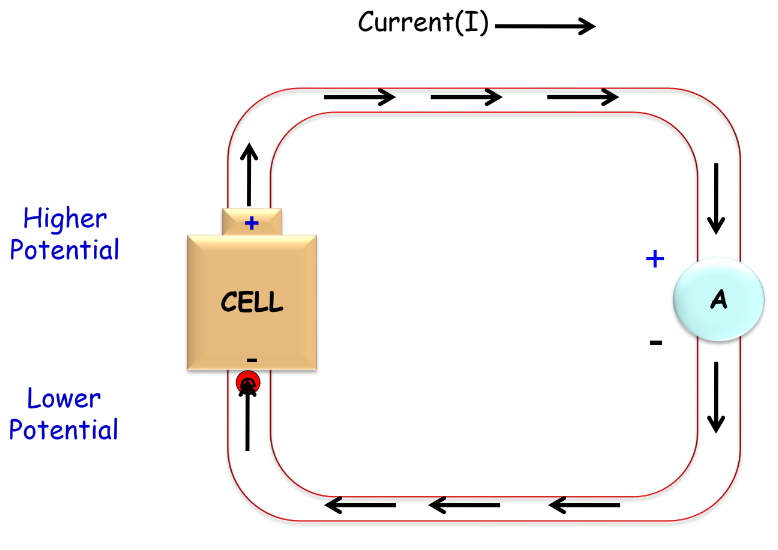
- SI Unit: Joule/Coulomb or Volt (V)
Potential Difference
The potential difference between two points in a circuit is the work done in moving a unit charge from one point to another:

- SI Unit: Volt (V)
One Volt Defined
One volt is the potential difference between two points of a current-carrying conductor when one joule of work is done to move one coulomb of charge:

Electric Circuit and Potential Difference
- A battery consisting of one or more cells generates a difference of potential across its terminals due to a chemical reaction within it.
- When a cell is connected to any conducting circuit element, the potential difference sets the electric charges in motion and produces an electric current.

Measuring Potential Difference: The Voltmeter
A voltmeter is used to measure the potential difference across two points in a circuit. It is always connected in parallel to the component whose potential difference is being measured.
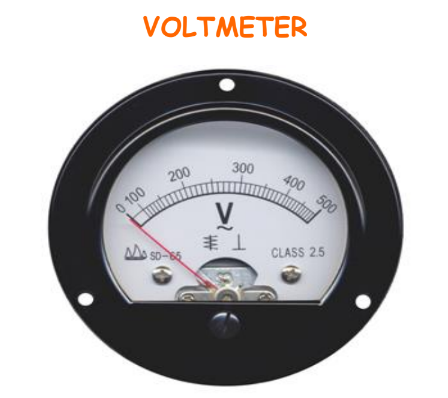
Ohm’s Law
Ohm’s Law states that the current flowing through a conductor is directly proportional to the potential difference across its ends, provided the conductor’s physical conditions remain constant.
V=IR
Where:
- V = Potential difference
- I = Current
- R= Resistance
The graphical representation of Ohm’s Law is a straight line in a V-I graph.
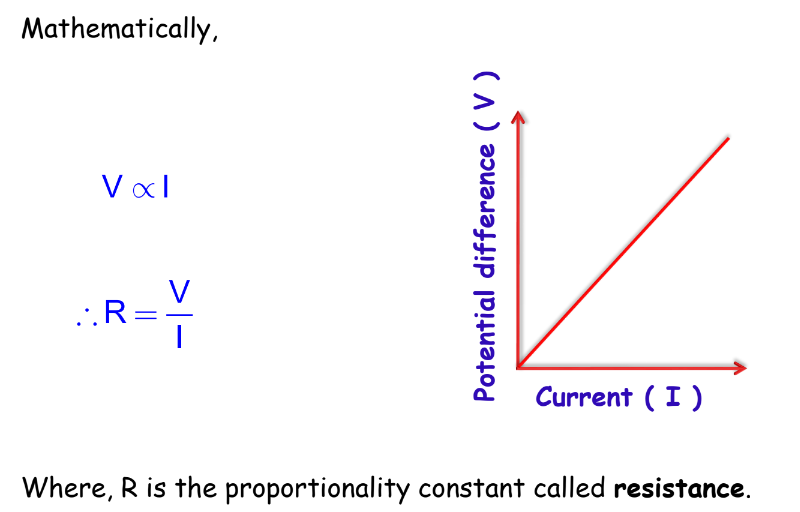
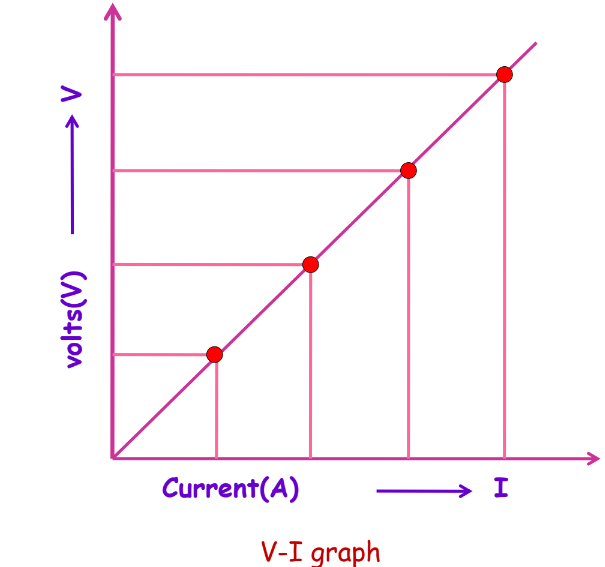
Resistance of a Conductor
Resistance is a property of a conductor that opposes the flow of electric current.
- Symbol of Resistance:
- SI Unit: Ohm (Ω)(\Omega)(Ω)
The resistance of a conductor can be calculated using Ohm’s Law:
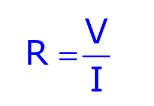
Factors Affecting Resistance
Resistance depends on several factors:
Factor
Effect on Resistance
Length
Resistance increases with length.
Cross-sectional area
Resistance decreases with increased area.
Material
Different materials have different resistivities.
Temperature
Resistance typically increases with temperature.
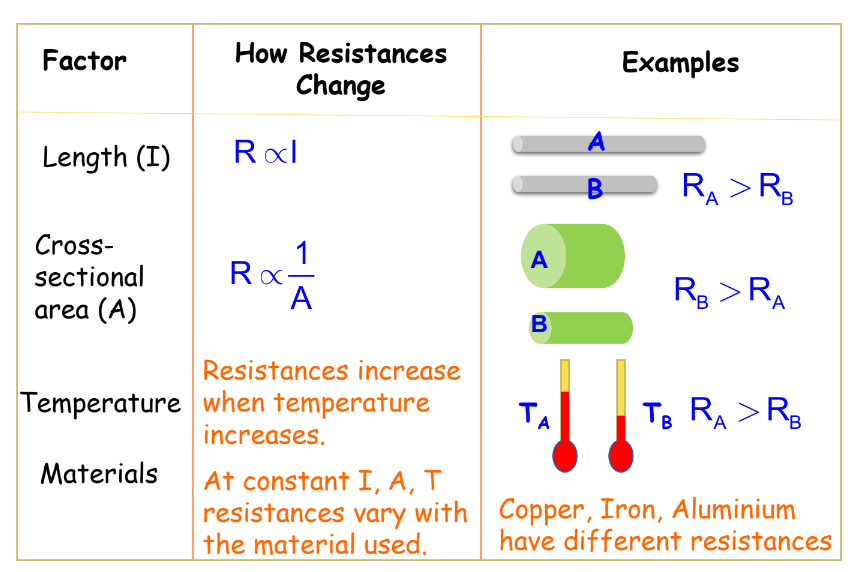
Electrical Resistivity
The resistivity ρ\rhoρ of a material is given by the formula:

Where:
- R = Resistance
- ρ\rhoρ = Resistivity
- l = Length of the conductor
- A = Cross-sectional area
- SI Unit: Ohm meter (Ω⋅m)
Combination of Resistors
Resistors in an electrical circuit can be combined in two ways:
- Series Combination: The total resistance is the sum of individual resistances.
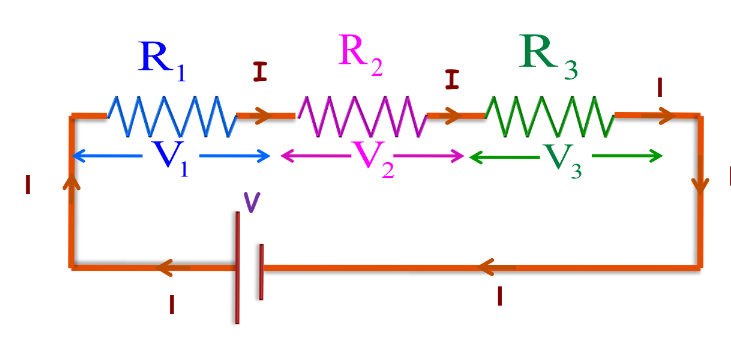
RS= R1+R2+R3 where RS is the equivalent resistance of the series combination of resistors.
- Parallel Combination: The reciprocal of the total resistance is the sum of the reciprocals of the individual resistances.
1/RP=1/R1+1/R2+1/R3
Where RP is the equivalent resistance of the parallel combination of resistors.
Heating Effects of Electric Current
When electric current flows through a conductor, the conductor heats up, converting electrical energy into heat energy. This is known as the heating effect of current.
Joule’s Law of Heating
The heat H produced in a conductor is given by:

Where:
- I = Current
- R = Resistance
- t = Time
Practical Applications
- Lighting Devices: Electric bulbs utilize the heating effect of current to produce light.
- Heating Devices: Appliances like irons, cooking stoves, and room heaters rely on this effect.
Electric Fuse
An electric fuse is a safety device used to protect electrical circuits and appliances from excessive current. It consists of a wire made of metal or alloy with a low melting point, enclosed in a porcelain cartridge.
- Function: The fuse wire melts and breaks the circuit if the current exceeds a safe level, thereby protecting the circuit from damage.
Electric Power
Electric power P is the rate at which electrical energy is consumed or dissipated in a circuit:
P= VI
- SI Unit: Watt (W)
Electric Energy
Electric energy is the product of power and time:
Electric Energy=P×t
Where P= Power
t= Time
- SI Unit: Watt-hour (Wh)
- Commercial Unit: Kilowatt-hour (kWh)

If you liked this summary and want to read a similar post on Class 10 Science Chapter 12 – Magnetic Effects of Electric Current, click here.
Let’s Conclude
In conclusion, Chapter 11, Electricity, from CBSE class 10 science offers a comprehensive overview of essential concepts that are integral to understanding this vital aspect of science. From the basic definitions of electric charge and current to the practical applications of Ohm’s Law and electric power, this chapter equips students with the knowledge necessary for both academic success and everyday life. The exploration of electric circuits, potential differences, and the effects of current not only deepens comprehension but also emphasizes the significance of electricity in our modern world.
By mastering the principles outlined in Electricity, students can enhance their problem-solving skills and apply these concepts in real-world situations. Whether it’s understanding how to safely utilize electrical appliances or comprehending the science behind electrical devices, the insights gained from this chapter are invaluable. Embrace the learning journey, and let the knowledge of Electricity illuminate your path to success!
Practice questions on
Get your free practice quiz of 20+ questions & detailed solutions
Practice Now








